Podcast: Play in new window | Download
I recently did an annual inspection on a Mooney M20J, and when I checked the brake fluid level, the reservoir was empty.
In this airplane, the brake fluid reservoir is inside a panel on the left side of the airplane, behind the left wing.
When I did the inspection, I noticed the parking brake valve had a little fluid on it, but it did not seem to be leaking enough to account for an empty fluid reservoir. So I filled the reservoir and continued on with the inspection and repairs.
But when I was ready to reinstall the belly panel, I had this feeling that maybe I should double check that parking brake valve. So I applied the brakes and set the parking brake. And within a short amount of time, there was a significant puddle on the floor under the airplane.
So, I had to remove the parking brake valve, put some new o-ring seals in it, and reinstall it. After that, the system worked fine without any leaks.
This scenario reminded me of some other times where I’ve had brake fluid leaks, and what the problem turned out to be. Listen to this podcast episode to hear about those stories.
Bottom line: If your brake fluid reservoir is empty, or much lower than normal, it might be time to dig a little deeper to try to find any leaks that might be happening. After all, you don’t want to be surprised with having no brakes available at just the wrong time!
So, I’d recommend that you check your brake fluid yourself occasionally throughout the year… get some help if you need it… don’t be caught with an empty brake reservoir!
Thank you for listening to Airplane Owner Maintenance! If you have not left a rating and review for the podcast, please go to iTunes and do that… I would be so grateful!
And speaking of being grateful, I hope you’ve had some time to think about the things you are grateful for, this Thanksgiving Season.
For me, I’m first of all grateful to God… and specifically as it relates to this episode, I’m grateful for the times he prompts me to think about things that need attention, like this parking brake valve… things I might otherwise overlook… after all, I was just about ready to put that belly panel back on…
And secondly, I’m grateful for all of you… you who listen to the podcast, and especially those of you who have contacted me and shared your thoughts with me. I always love to hear what’s going on out there in the world of General Aviation, especially the PEOPLE who fly and work on the airplanes!
So Happy Thanksgiving, my aviation friends!
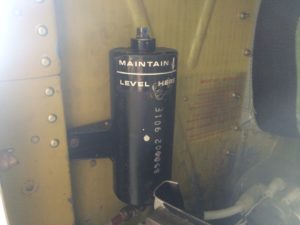
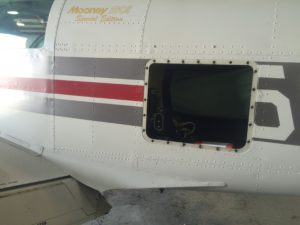
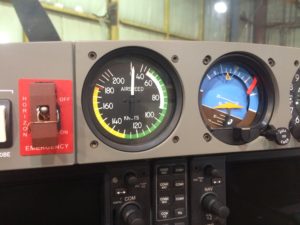
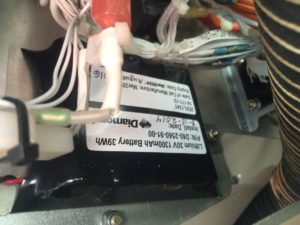
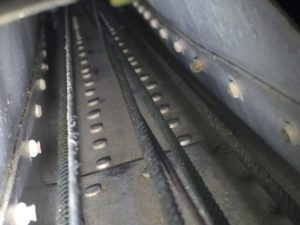

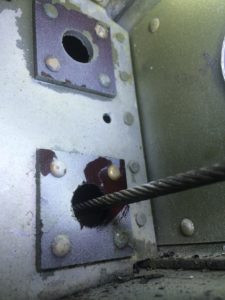
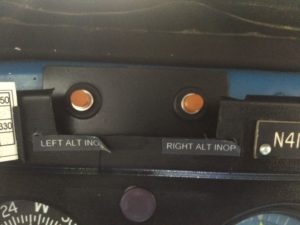


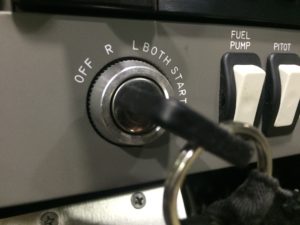
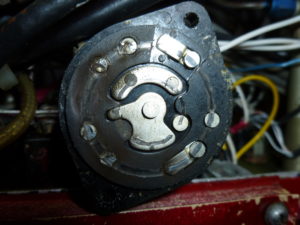
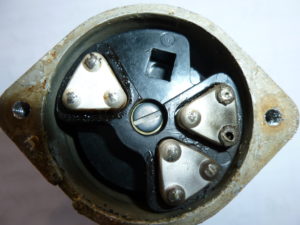
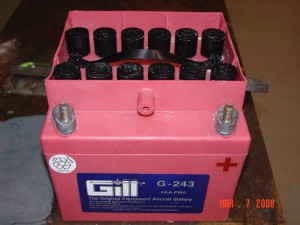
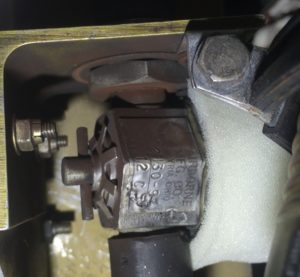

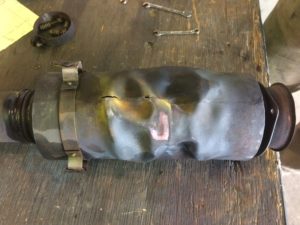



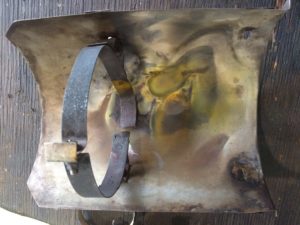

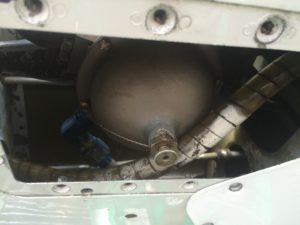
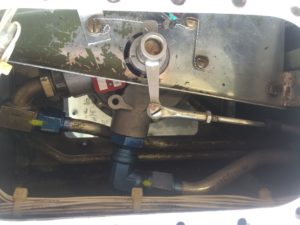
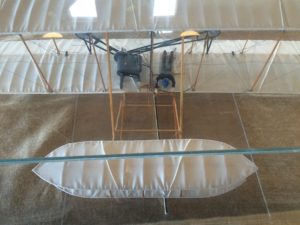
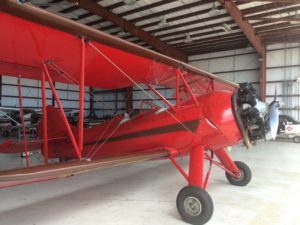


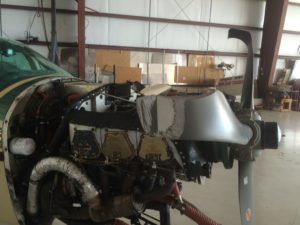
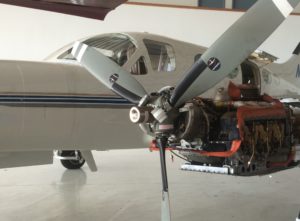
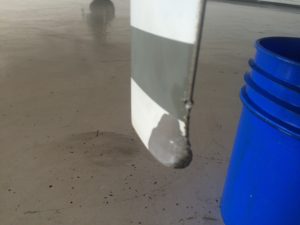



Recent Comments